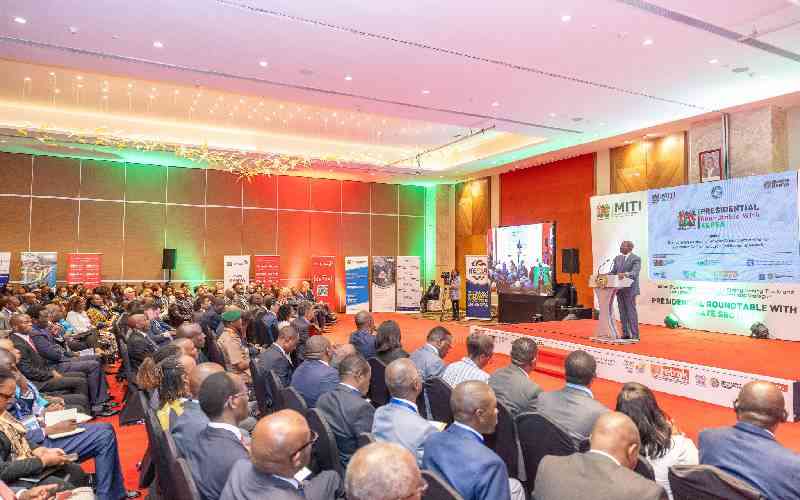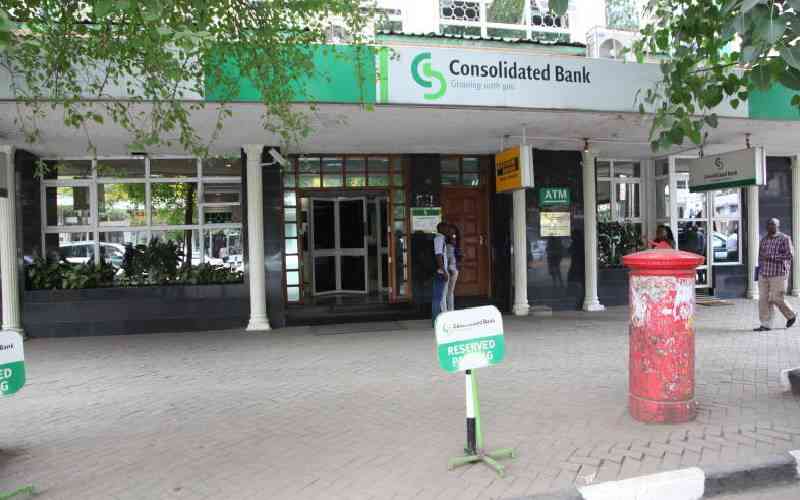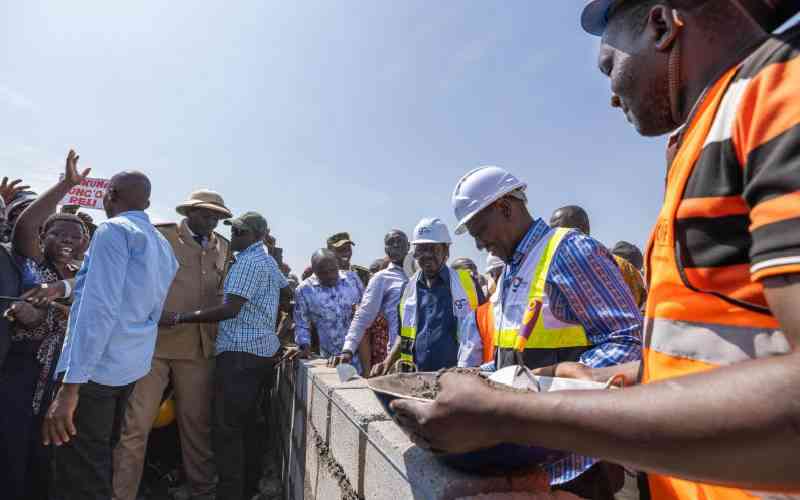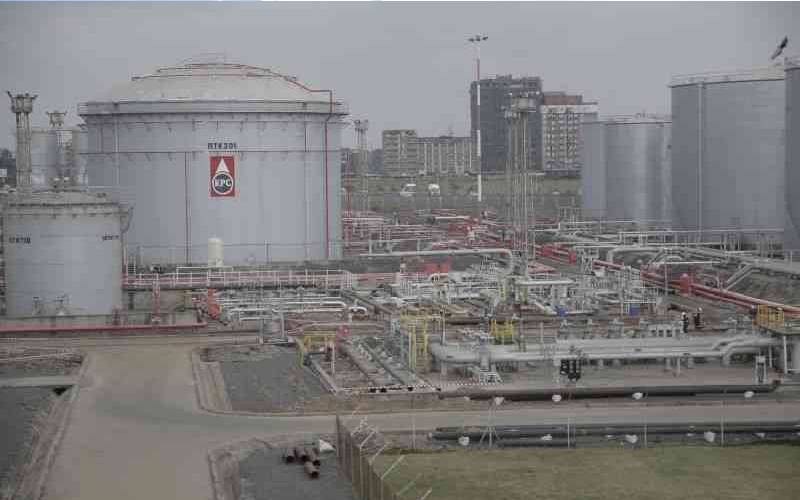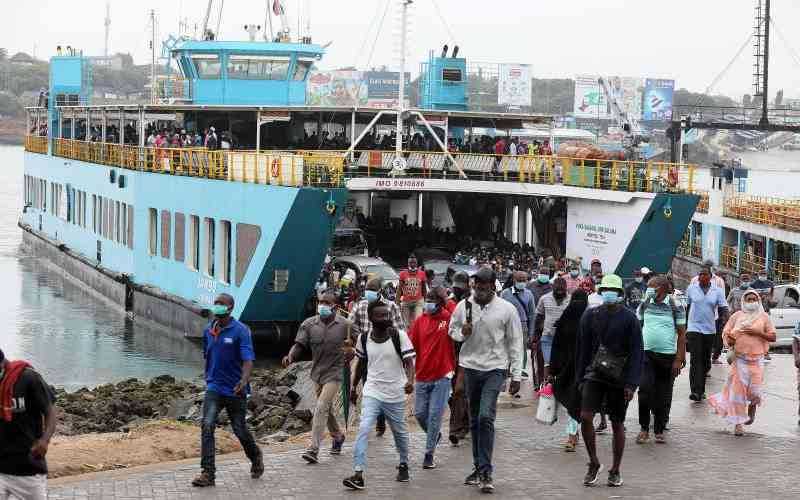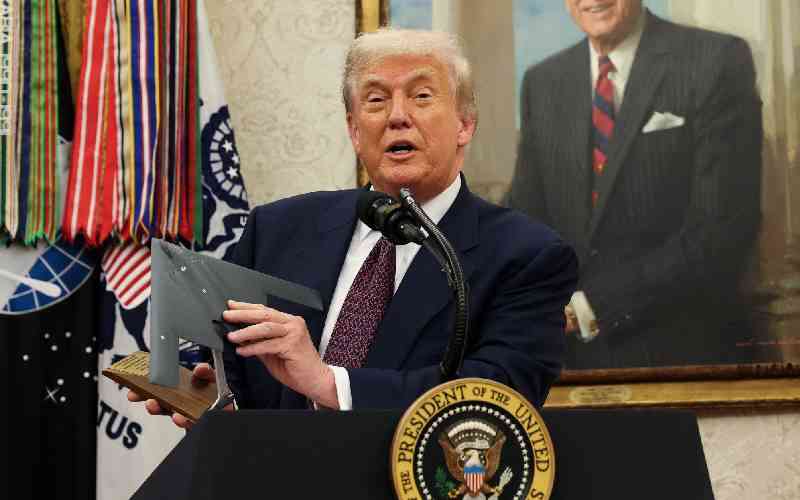
On August 6 and 9, 1945, at the height of World War II, the United States dropped nuclear atomic bombs on Hiroshima and Nagasaki, respectively—two Japanese cities—killing between 150,000 and 246,000 people, and devastating lives beyond wartime confrontation. The event marked the end of World War II (1939-1945), with the Japanese government's signing of an instrument of surrender on September 2, 1945.
Yet the world seems to not have learnt any lessons at all. In the past few days, for instance, US President Donald Trump and former Russian President Dmitry Medvedev have exchanged words of bellicosity over tariffs and the war in Ukraine, potentially pushing the world to the brink of yet another conflict. The Trump-Medvedev rhetorical flare-up harks back to the Cold War-era Cuban Missile Crisis of October 1962, a period during which the United States and the Soviet Union—under the leaderships of President John F Kennedy and Premier Nikita Khrushchev, respectively—sparred in a dangerous, months-long test of wills.
The US had made attempts to overthrow then-Cuban premier Fidel Castro, including through the Bay of Pigs Invasion, and the Kennedy administration was planning 'Operation Mongoose', when, in July 1962, Khrushchev secretly agreed with Castro to place Soviet nuclear missiles in Cuba to, ostensibly, deter future invasion attempts.
Construction of Soviet missile sites on Cuban territory began in Summer of the same year. And Kennedy—not long after receiving intelligence to the effect that the Soviet Union was responsible for an arms build-up in Cuba following routine surveillance flights—issued a public warning against the introduction of 'offensive weapons' on the island on September 4, 1962. The Soviet Union ignored the warning and, by October 14, had constructed missile sites for medium-range and intermediate-range ballistic nuclear missiles (MRBMs and IRBMs) in Cuba. The acquisition of images showing these sites, and their subsequent presentation to the White House on October 15, heralded the onset of the Cuban Missiles Crisis.
Kennedy's advisers—who included the Joint Chiefs of Staff—made a case for an airstrike to decimate the missiles and a subsequent US military invasion of Cuba. Others, however, urged forbearance and stealth upon the President and favoured “stern warnings” to both Cuba and the Soviet Union. In the end, it took a masterstroke of restraint, situational gumption (including direct, epistolary exchanges between Kennedy and Khrushchev) and diplomacy involving then-US Attorney-General Robert Kennedy and then-Soviet Ambassador to the US Anatoly Dobrynin to reach a peaceful settlement.
On the morning of October 28, 1962, Khrushchev issued a statement announcing the dismantling and subsequent removal of Soviet missiles from Cuba. This, however, followed a Kremlin-imposed proviso for Washington's agreement to the removal of its own Jupiter missiles from Turkey. The US Jupiter missiles were removed from Turkey in April 1963. And Washington only ended its imposition of a “naval quarantine” on Cuba on November 20, 1962, following Moscow's agreement to the removal of its own IL-28 bombers from Cuba.
Since the crisis, treaties have been signed to curb the spread and use of nuclear weapons, including the Limited Test Ban Treaty of 1963 and the Nuclear Non-Proliferation Treaty of 1968. In 2017, the Nobel Peace Prize was awarded to the International Campaign to Abolish Nuclear Weapons. And a group of Japanese survivors of the 1945 US bombings of Hiroshima and Nagasaki was awarded the 2024 Nobel Peace Prize.
Yet the world remains alive to an eternal nuclear alert. Despite a 2021 treaty signed by up to 70 nations and states to ban nuclear weapons, around the world, such countries as Russia, the US, China, France, the UK, Israel, India, Pakistan and North Korea possess the weapons. And the world, indeed, confronts the everyday prospect of Hiroshima and Nagasaki being repeated.
In Hiroshima alone, the US atomic bomb, christened “Little Boy”, killed up to 80,000 people instantly. Some were burned alive. And toxic nuclear radiation adversely affected those who survived the bombings as well as later generations of the post-World War II Japanese population.
If there is one very important lesson that we all can, and should, learn from the 1945 US bombings of Hiroshima and Nagasaki—as well as the incautious US-USSR nuclear posturing of October 1962—it's that whenever two or more nuclear-armed powers clash, even as a mere pressure tactic, there can only be one outcome for humanity: A case of Frankensteinian, collective self-annihilation.
At the height of the 1861-65 US Civil War, William H Seward, US Secretary of State under President Abraham Lincoln, after a tour of the soon-to-be-defeated South, remarked: “We saw war, not in its holiday garb, but in its stern and fearsome aspect, the march of which was preceded by terror and followed by desolation.”
Mr Baraza is a writer and historian. [email protected]
